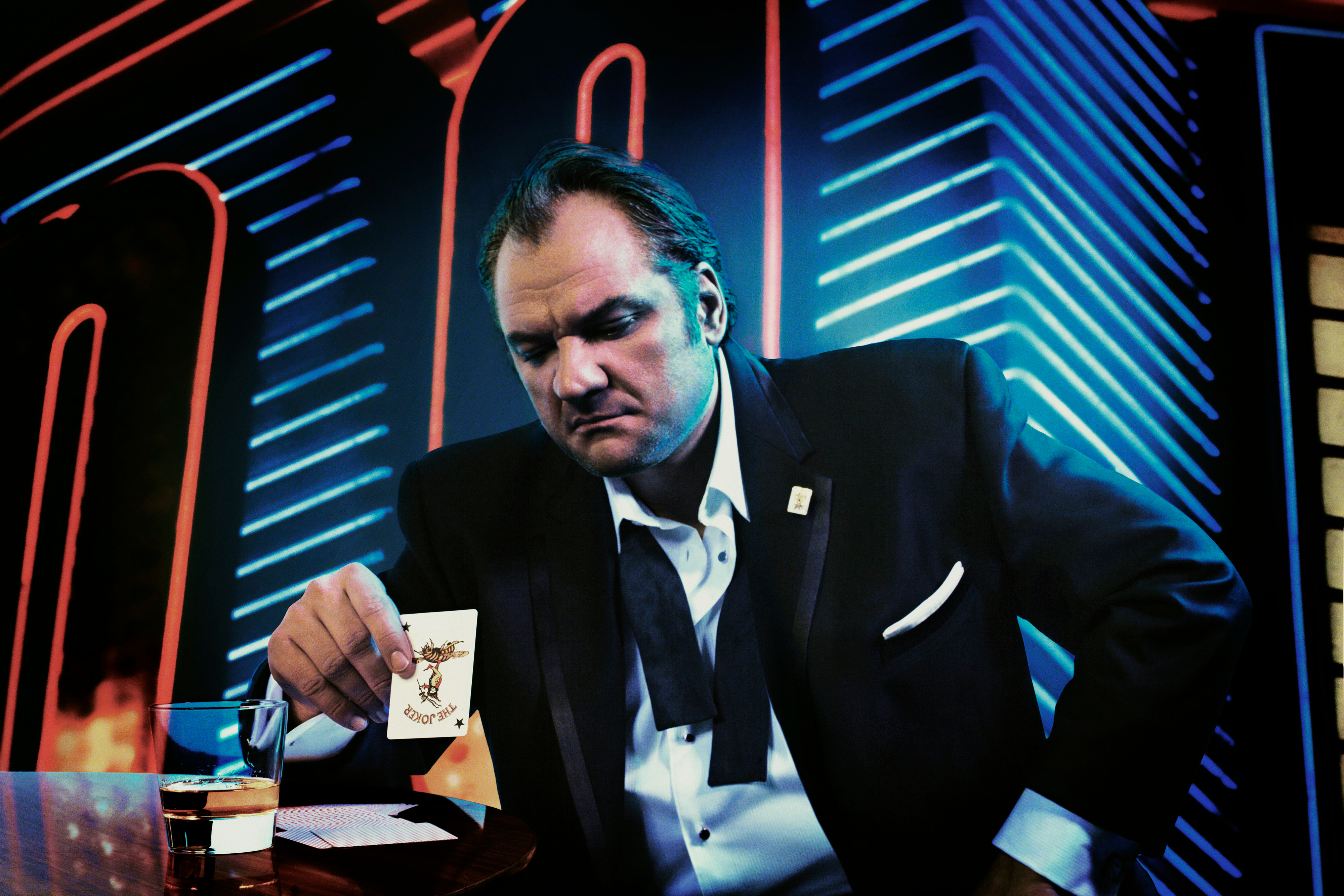Loving Opera in East Hampton

February and March are tough months to get through in the Northeast. The good news is that Guild Hall is a little cultural oasis that can brighten up the dreariest of days and quench your thirst for the arts.
On a snowy Saturday afternoon, I emerged from a week of blizzard-induced hibernation and ventured to East Hampton to attend Guild Hall’s live streaming of the Metropolitan Opera’s newest production of Rigoletto. Having grown up hearing my grandfather listening to Verdi’s masterpiece in his studio while he painted, I was familiar with the music, but not with the tale. I waltzed around the house to “La donna e mobile,” (bal-ance, bal-ance, brush two three, back two three), blissfully unaware of the horrific tragedy that unfolds.
A couple days before Guild Hall’s event, I watched Jean-Pierre Ponnelle’s classic 1983 production of Rigoletto on DVD. It was filmed on location in Italian Renaissance landmarks, including the Castello di San Giorgio in Mantua, the Piazza Duomo in Cremona and the Teatro Farnese in Parma, lest we need further encouragement to travel to Italy this time next year! In the film, Gruberova sings magnificently from atop a medieval balcony in an enclosed garden, her cascading blonde hair an indication of the beauty she portrays in the role of Gilda, the ill-fated daughter of Rigoletto. A young Pavarotti delivers brilliantly as the Duke of Mantua and Ingvar Wixell gives an outstanding performance as the tormented court jester and cursed father Rigoletto. After this I was curious to see the new version, dubbed the “Rat Pack Rigoletto.”
Guild Hall’s showing of Rigoletto was sold out and crowds gathered in the lobby in anticipation. I overheard someone say, “Isn’t this incredible, just knowing that people all over the world are watching this all at the same time?” The excitement was contagious. In this production, director Michael Mayer transported the setting from 16th-century Italy to 1960s Las Vegas, in paralleled decadence. The Duke and his crew are inspired by the Rat Pack, and the Count of Monterone is a sheik. Piotr Beczala is cast as the Duke, Željko Lucic plays his tragic sidekick Rigoletto, and Diana Damrau is his daughter Gilda.
While some of the tragic intensity was lost in this new version, perhaps due to the less interesting sets and costumes, there was an unbelievably breathtaking quartet in the third act. Rigoletto has descended to having a hit man, Sparafucile, kill the Duke, who has captured the heart, and virginity, of his daughter. Sparafucile’s sister, Maddalena, works with her brother by seducing the Duke into their inn, where the plan is to kill him in his sleep.
While Maddalena and the Duke are singing together, he professing his feelings for her and she coquettishly denying it, Rigoletto has brought Gilda past the inn to witness the Duke’s infidelity, hoping that it would put an end to her love for him. Standing outside the inn, Gilda listens and sings out in disbelief and sadness. While the rain pours down, the voices of Gilda and Rigoletto come together with the voices of the Duke and Maddalena, sung by Oksana Volkova, in the most chilling quartet, “Bella figlia dell’amore.”
Afterward, Rigoletto orders his daughter to dress in a man’s coat and hat and flee town. Disobeying, and very much still in love with the Duke, Gilda returns to the inn later that night, and this time overhears Maddalena begging her brother not to kill the Duke. They compromise by deciding to kill the next person who walks in, as a substitute for the Duke’s body, which they will hand over to Rigoletto wrapped in a bag. Gilda decides to enter the inn, thus sacrificing herself in place of her beloved. In the final scene, Gilda is stabbed and dies in her father’s arms while he cries out, “La maledizione!” (“the curse!”)
By the end of the opera, the snow that had begun to fall during intermission had accumulated, making the view of historic buildings across the street fromGuild Hall much like an old photograph from early days in East Hampton. Upon leaving, I felt moved and was certain that it was due to a combination of memories, the tale, the voices, the orchestra, the community of Guild Hall, and the falling snow. The group gathered at Guild Hall, the audience at the Metropolitan Opera House, and people over the world were all connected for a few hours, watching Rigoletto on a February afternoon, and there was something magical in that.
I will most certainly be going back to attend the next streaming, on March 2, of Wagner’s Parsifal.



